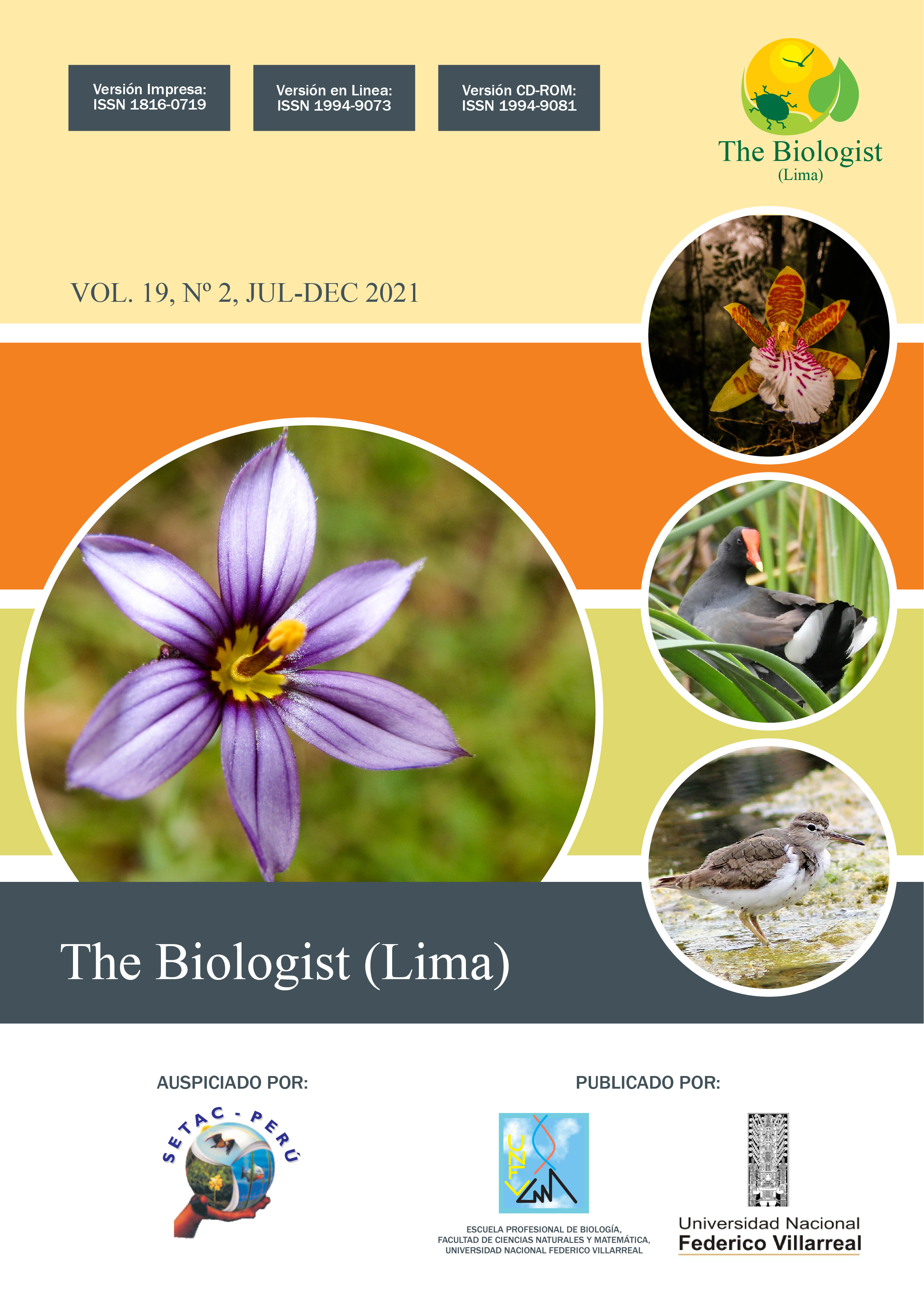CONSERVATION EFFORTS OF THE AMAZONIAN MANATEE TRICHECHUS INUNGUIS (NATTERER, 1833) IN PERU: AN UPDATED REVIEW
DOI:
https://doi.org/10.24039/rtb20211921024Keywords:
Amazon basin, Endangered species, Manatees, Sirenia, TrichechidaeAbstract
Manatees play a very important role in aquatic ecosystems in Peru and the world. They are considered key species for being regulators of floating vegetation and also excellent fertilizers. The Amazonian manatee (Trichechus inunguis Natterer, 1833) is the smallest specimen within the Sirenia order and is exclusive to the Amazon basin. Today it is considered as a vulnerable species, with a population that tends to decline. This review seeks to summarize the available and updated information on the conservation efforts of the Amazonian manatee in Peru. In order to do so, a total of 70 documents were reviewed, both in English and Spanish. These documents were selected for their focus on the conservation of the Amazonian manatee within the Amazon Basin. In Peru, since 2001, various initiatives have been taken that seek to promote its conservation. Currently, Peru has been carrying out investigations on the Amazonian manatee in a descriptive aspect and also with particular interest in its protection. However, the information available is still scarce and limited in comparison with that of other countries where this animal is distributed. The difficulty in registering the species, mainly due to its characteristic evasive behavior and the conditions of its environment, such as the turbidity of the water, and its dark color, which prevents its visibility, restricts the development of further research. These investigations, with a focus on the dissemination of information and conservation of the Amazonian manatee throughout its range of distribution, have been consolidated in an understandable way throughout this article to facilitate the scope of information on the different conservation strategies and tools that have been been incorporated over time in favor of the protection of the Amazonian manatee. Currently in Peru the conservation of threatened species such as the Amazonian manatee is in its initial stage, due to the fact that the indiscriminate hunting of this species, despite the existing regulations, still continues. This is why both scientific and management conservation efforts to protect Amazonian manatees, must go hand in hand for an adequate regulation of the status of the population.
Downloads
Published
How to Cite
Issue
Section
License
Copyright (c) 2021 The Biologist

This work is licensed under a Creative Commons Attribution-NonCommercial-NoDerivatives 4.0 International License.
Objeto: El AUTOR-CEDENTE transfiere de manera TOTAL Y SIN LIMITACIÓN alguna al CESIONARIO (Revista The Biologist (Lima)) los derechos patrimoniales que le corresponden sobre sus obras por el tiempo que establezca la ley internacional. En virtud de lo anterior, se entiende que el CESIONARIO adquiere el derecho de reproducción en todas sus modalidades, incluso para inclusión audiovisual; el derecho de transformación o adaptación, comunicación pública, traducción, distribución y, en general, cualquier tipo de explotación que de las obras se pueda realizar por cualquier medio conocido o por conocer en el territorio nacional o internacional.
Remuneración: La cesión de los derechos patrimoniales de autor que mediante este contrato se hace será a título gratuito.
Condiciones y legitimidad de los derechos: El AUTOR-CEDENTE garantiza que es propietario integral de los derechos de explotación de la(s) obra(s) y en consecuencia garantiza que puede contratar y transferir los derechos aquí cedidos sin ningún tipo de limitación por no tener ningún tipo de gravamen, limitación o disposición. En todo caso, responderá por cualquier reclamo que en materia de derecho de autor se pueda presentar, exonerando de cualquier responsabilidad al CESIONARIO.
Licencia de acceso abierto: El AUTOR-CEDENTE autoriza que manuscrito publicado en la Revista Científica The Biologist (Lima) (versión Impresa ISSN 1816-0719, versión en línea ISSN 1994-9073) permanece disponible para su consulta pública en el sitio web http://revistas.unfv.edu.pe/index.php/rtb/index y en los diferentes sistemas de indexación y bases de datos en las que la revista tiene visibilidad, bajo la licencia Creative Commons, en la modalidad Reconocimiento-No comercial- Sin Trabajos derivados –aprobada en Perú, y por lo tanto son de acceso abierto. De ahí que los autores dan, sin derecho a retribución económica, a la Escuela Profesional de Biología, Facultad de Ciencias Naturales y Matemática de la Universidad Nacional Federico Villarreal (EPB - FCCNM - UNFV), los derechos de autor para la edición y reproducción a través de diferentes medios de difusión.









































